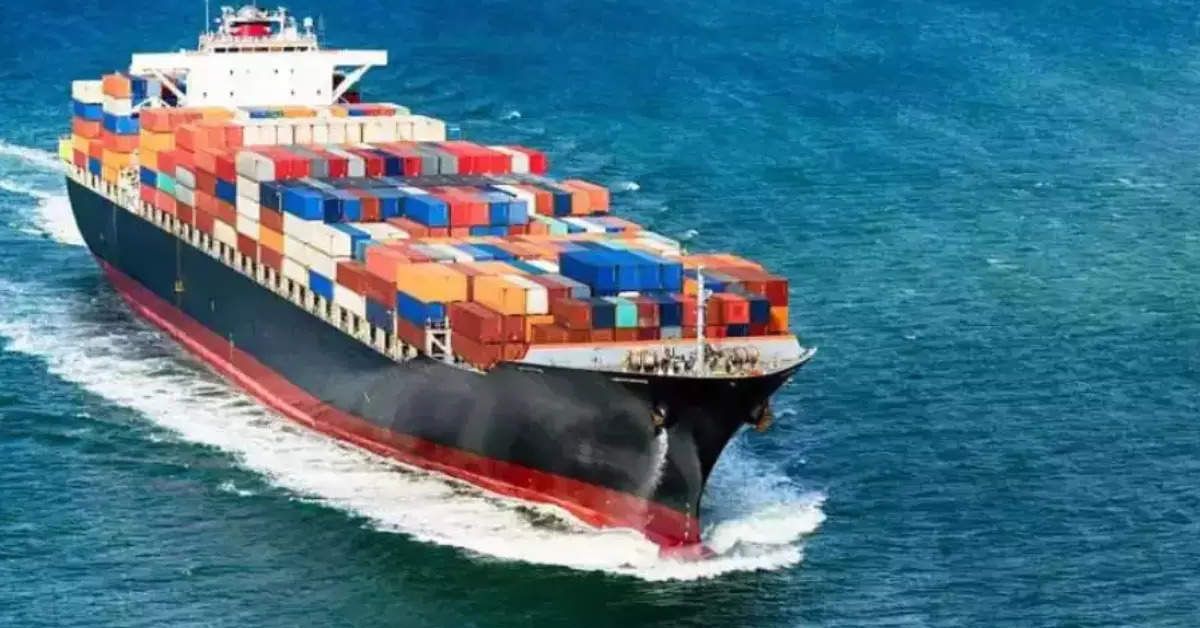Parliament has cleared five major maritime legislations during the Monsoon Session, marking the most comprehensive overhaul of India’s maritime framework in over a century. Union Minister of Ports, Shipping and Waterways Sarbananda Sonowal said the reforms will strengthen the Blue Economy, enhance trade efficiency, and align Indian shipping with global standards.
The five bills are:
- Bills of Lading Bill, 2025 – simplifies legal documentation, aiming to reduce disputes and improve ease of doing business.
- Carriage of Goods by Sea Bill, 2025 – replaces the 1925 Act, adopts Hague-Visby Rules to cut litigation, and strengthens international maritime ties, particularly supporting trade agreements like the India–UK CETA.
- Coastal Shipping Bill, 2025 – establishes a dedicated legal framework for coastal shipping, targeting revival of its 6% modal share. The measure is expected to save nearly ₹10,000 crore annually in logistics costs while easing congestion and lowering emissions.
- Merchant Shipping Bill, 2025 – replaces the Merchant Shipping Act, 1958, and updates provisions for seafarer welfare, ship safety, marine environmental protection, and faster wreck removal and salvage operations.
- Indian Ports Bill, 2025 – repeals the century-old Indian Ports Act, 1908, creates a Maritime State Development Council for coordinated planning, strengthens the role of state maritime boards in managing minor ports, and establishes new mechanisms for dispute resolution. It also incorporates ecological safeguards and digital integration for transparent port operations.
Calling it a “historic moment for Bharat’s maritime journey,” Sonowal said this was the first time that five landmark bills of the shipping and waterways ministry were passed in a single session.
“Under the visionary leadership of Prime Minister Narendra Modi, we are shedding colonial-era laws and charting a modern course for our blue economy,” the minister wrote on X, adding that the reforms will unlock the potential of India’s 7,500 km coastline and boost trade and investments under the Sagarmala vision.









